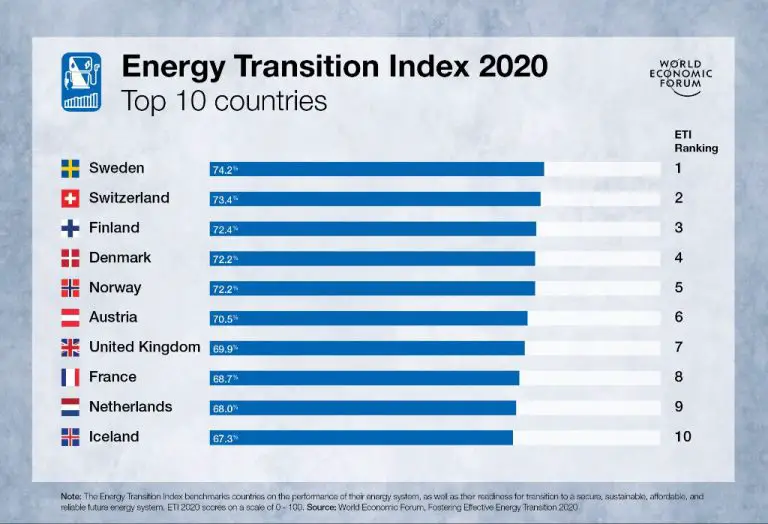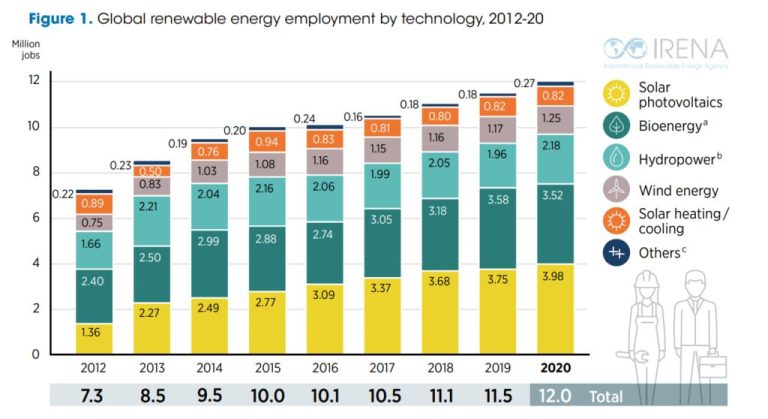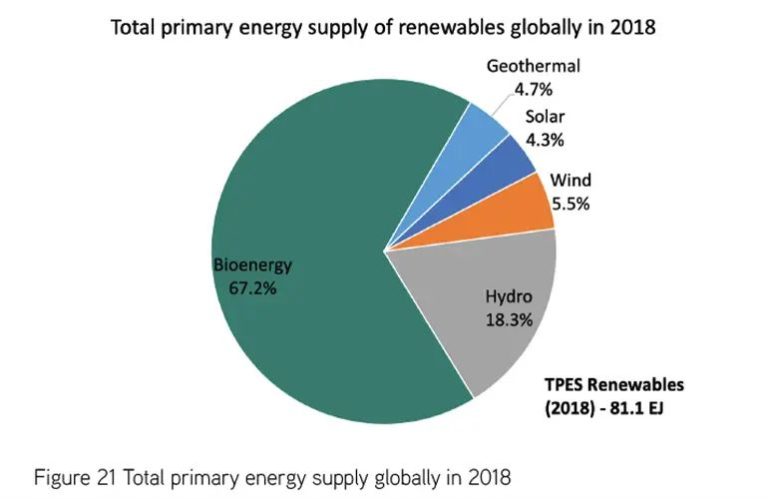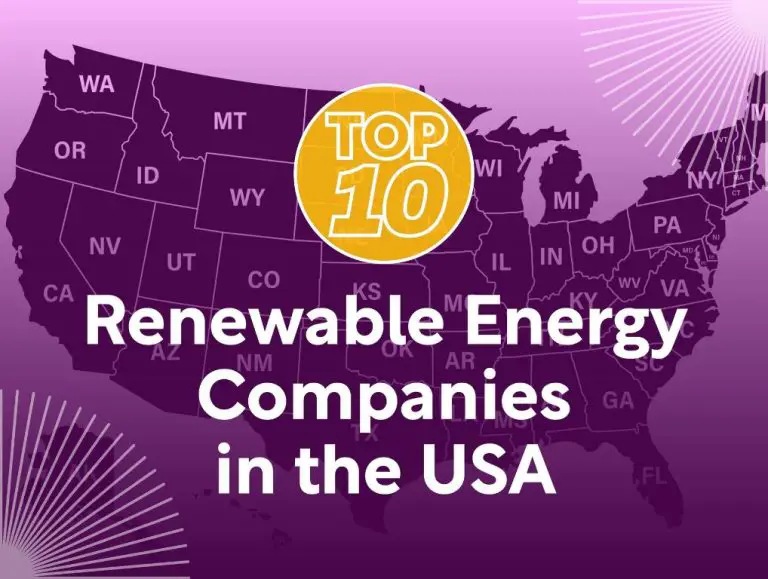What Is 50 Word Solar Energy?
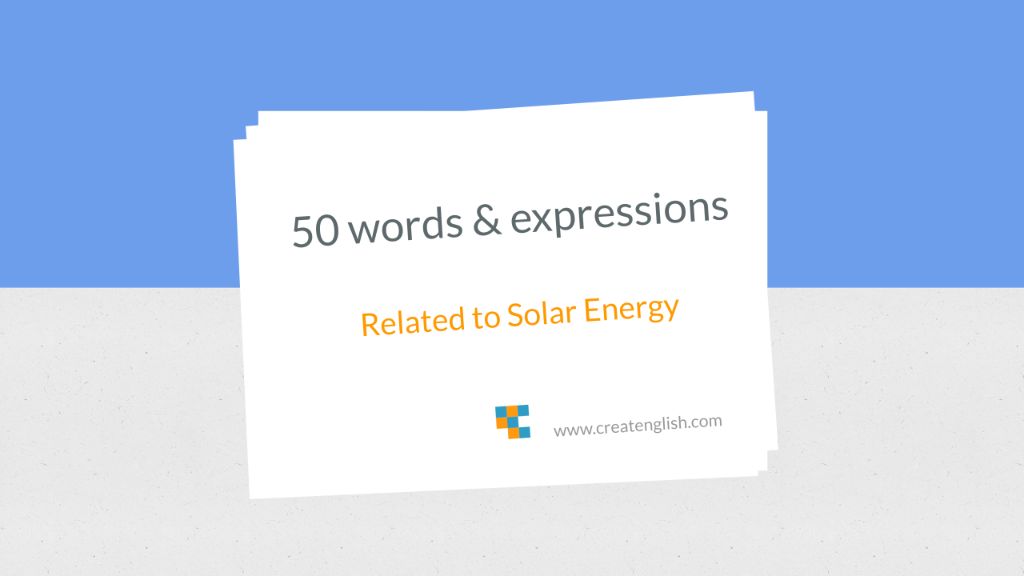
The purpose of summarizing solar energy in 50 words is to provide a concise overview of this renewable energy source. Defining solar energy in 50 words involves highlighting the key facts about how it works, its benefits, limitations, and growth. A 50 word summary allows readers to quickly understand solar energy at a high level before diving into the details.
Solar energy refers to the radiant energy from the sun that is harnessed using various technologies like solar panels to generate electricity or heat. This renewable resource helps reduce fossil fuel reliance. Though cost and efficiency challenges exist, solar power adoption is rising rapidly worldwide.
History
Harnessing the power of the sun dates back thousands of years. Ancient cultures used passive solar design techniques for heating, cooling, and lighting structures. The earliest recorded example comes from the Greek scientist Archimedes who used polished shields to concentrate sunlight on the invading Roman fleet in 212 BC (“History of Solar Energy Timeline”, IIS Windows Server).
The modern development of solar technology began in 1839 when French physicist Edmond Becquerel first discovered the photovoltaic effect while experimenting with electrolytic cells made up of two metal electrodes (“The History of Solar”, Solar Reviews). It wasn’t until 1883 that the first solar cells capable of converting sunlight directly into electricity were created by Charles Fritts, who coated selenium semiconductor with an extremely thin layer of gold to form the junctions. Thesolar cell devised by Fritts was only around 1% efficient in converting sunlight to electricity (IIS Windows Server).
In 1905, Albert Einstein published a paper describing the nature of light and the photoelectric effect, helping explain how solar panels convert photons into electrical currents. The first silicon solar cell, which had around 6% efficiency, was created in 1954 by researchers at Bell Labs (“History of Solar Energy”, Big Dog Solar).
The space industry drove much of the early development and improvements in solar cell efficiency and cost. The first practical photovoltaic module was built in 1958 by the Satellite Corporation for use in the Vanguard I satellite. Throughout the 1960s and 70s, solar cells were further optimized and used to provide power aboard spacecraft by companies and agencies including NASA (“The History of Solar”, Solar Reviews).
How It Works
Solar cells (also called photovoltaic or PV cells) absorb photons from sunlight and convert the solar energy into electricity through the photovoltaic effect. The absorbed photons in the semiconductor material generate electron-hole pairs, which provide free electrons within the solar cell that drive the electrical circuit and produce current and voltage. Solar panels are made up of multiple solar cells connected together. The more sunlight that hits the solar cells, the more electricity that is produced by the photovoltaic system.
Solar panels are mounted at an angle facing the sun to maximize absorption of photons. Tracking systems can also allow solar panels to follow the sun throughout the day to increase energy capture. The DC power generated by the solar cells flows to an inverter, which converts the DC electricity into AC electricity usable for everyday appliances and devices.
According to the U.S. Department of Energy, “Photovoltaics convert light into an electric current using the photovoltaic effect.” The photovoltaic effect refers to photons of light exciting electrons into a higher state of energy, allowing them to act as charge carriers for an electric current. Solar cells are made of semiconducting materials that are designed to absorb photons and utilize their energy to generate electricity. (1)
As National Grid explains, “Solar cells are wired together to form solar photovoltaic panels or modules. Solar panels absorb the sun’s rays (photons) as a direct source of energy to generate electricity.” Multiple solar cells make up a solar panel, which can then be connected together to form a solar array that can be mounted on rooftops or as part of large utility-scale systems. (2)
Types of Technology
There are several major types of solar energy technologies that harness the sun’s energy in different ways:
Photovoltaics (PV)
Photovoltaic solar panels, also known as solar PV, convert sunlight directly into electricity. PV panels are made up of solar cells, which absorb photons from sunlight and release electrons, generating an electric current. This electricity can then be used to power homes, buildings, and grids, or fed into batteries for later use
(SEIA).
Concentrated Solar Power (CSP)
Concentrated solar power systems use mirrors or lenses to concentrate sunlight onto a receiver, heating up a thermal transfer fluid that creates steam to spin a turbine and generate electricity. CSP allows energy to be stored for use when sunlight is not available
(Saur Energy).
Solar Heating and Cooling (SHC)
Solar heating and cooling systems harness solar thermal energy to provide hot water and space heating or to power absorption cooling systems. Common examples are solar water heaters and solar air collectors used to heat and ventilate buildings.
Efficiency
The efficiency of a solar panel refers to the percentage of sunlight that is converted into electricity. Most residential solar panels today have efficiencies between 15-22%. Over the last few decades, solar panel efficiency has steadily improved thanks to advances in technology and manufacturing.
Currently, the most efficient solar panels on the market for residential use have an efficiency up to 22.8%, like the panels from SunPower. However, commercially available solar panels typically range from 15% to 20% efficiency.
There are a few key challenges to improving solar panel efficiency further: light reflection off the panel surface, inability to absorb all light wavelengths, and energy loss during conversion. Companies are exploring solutions like multi-layer solar cells, advanced cooling systems, and integrating PV materials into building facades. New innovations could potentially push lab solar cell efficiency over 30%, but it takes time to scale up technologies to commercial production levels.
Overall, as solar manufacturing continues to advance, experts expect solar panel efficiency to keep moderately rising over time. More efficient panels will reduce the number of panels needed for the same energy output. However, factors like upfront cost, warranties, and panel degradation also impact the cost-competitiveness of solar over the long-term.
Costs of Solar Energy
The costs of solar energy have dropped dramatically over the past decade. According to the National Renewable Energy Laboratory (NREL), in 2010 the cost for a solar PV module alone was around $2.50 per watt. Now in 2022, the cost for an entire utility-scale solar PV system is around $1 per watt.[1]
For residential systems, the average price per watt has dropped from $12.20 in 2002 down to $3.82 in 2022, according to SaveOnEnergy.[2] This represents a nearly 70% cost reduction over the past 20 years. The declining prices are largely attributed to improvements in solar panel technology and manufacturing efficiency.
In comparison, electricity from traditional energy sources like coal and natural gas has remained relatively flat or even increased over the past decade. The rapidly dropping prices for solar energy have helped it become much more cost competitive with conventional power. Many experts predict solar will become the cheapest form of electricity in most parts of the world within the next 5-10 years.
Benefits
Solar energy has several important benefits (1):
- It’s a clean, renewable energy source that doesn’t produce any emissions or toxic pollution.
- Using solar energy reduces dependence on fossil fuels like coal, oil, and natural gas.
- Solar power systems can operate independently, decentralizing energy production and distribution.
- Solar energy is available everywhere the sun shines, even in remote locations.
Because solar doesn’t rely on fuel sources, it provides a reliable and consistent supply of energy over a system’s lifetime. Solar energy offers environmental and economic advantages over conventional energy.
Limitations
While solar energy has many benefits, it also comes with some drawbacks and limitations. One key limitation is the intermittent nature of solar power generation. Since solar panels can only generate electricity when the sun is shining, they face intermittency issues based on weather conditions, time of day, and seasons (Disadvantages of Solar Energy). This inconsistency can make it challenging to integrate large amounts of solar power into the existing electric grid without complementary technologies like energy storage.
The storage of solar energy for use when the sun isn’t shining also presents technical and cost challenges. Effective storage solutions like batteries can add significant expense to solar power systems (The Advantages and Disadvantages of Solar Energy).
Finally, despite decreasing costs, the upfront investment for solar remains high. The installation costs for solar panels, inverters, batteries, and other system components can deter adoption, especially for residential systems. Ongoing maintenance and replacement costs also factor into the lifetime expenses of solar power.
Growth & Adoption
The solar energy industry has experienced rapid growth in recent years. According to the Solar Energy Industries Association (SEIA), solar has had an average annual growth rate of 24% over the past decade. SEIA credits strong federal policies like the Investment Tax Credit for driving much of this growth.
Worldwide, solar PV generation increased by 270 TWh (26%) in 2022 to reach almost 1,300 TWh, the largest absolute increase of any energy source according to the International Energy Agency (IEA). IEA data shows that global solar capacity has grown from under 10 GW in 2007 to over 1,100 GW in 2022.
The United States is currently the world’s third largest solar market after China and India. In 2021, solar accounted for about 3.4% of total U.S. electricity generation, up from 2.8% in 2020. The U.S. installed 23 GW of solar capacity in 2021, a 46% increase over 2020. Projections estimate the U.S. solar market will grow 17% annually through 2025.
Future Outlook
The future of solar energy looks very promising according to experts. Solar is the fastest growing energy source in the world, but current solar technology has a lot of room for improvement in terms of efficiency and cost.
Projections estimate that solar power could provide up to 30-50% of global electricity by 2050. The most optimistic scenarios predict solar will be the world’s primary electricity source by then. However, the actual adoption of solar depends on many variables like policy support, technological innovations, and cost reductions.
In terms of innovation, researchers are working to improve solar cell efficiency beyond the theoretical limits of traditional silicon photovoltaics. Emerging technologies like perovskites, organic PV, and quantum dots could enable efficiencies over 40%. This would significantly lower costs.
Other key innovations will be made in areas like energy storage, smart grids, materials science, and manufacturing processes. With sufficient R&D investment and favorable policies, the future is very bright for solar to become a mainstream energy source worldwide.
Sources:

